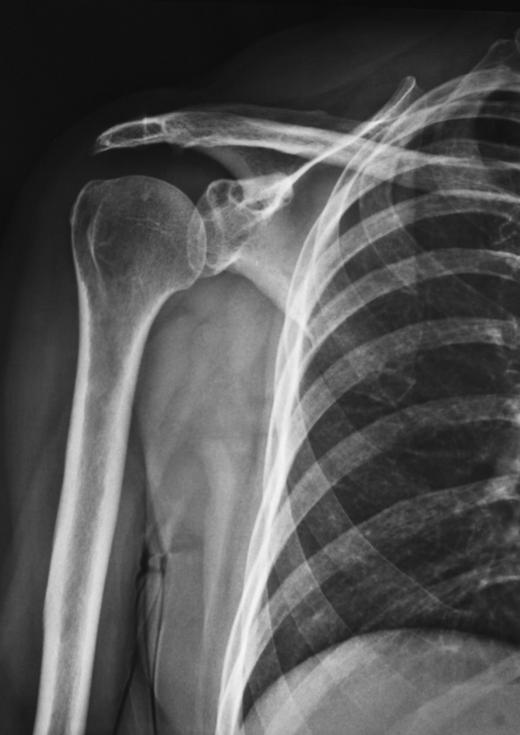What are Osteoclasts?
Originally a term for an instrument used to break bone during surgery, an osteoclast is now known as one of two primary cell types the human body uses in the creation and maintenance of bones. Osteoblasts are the cells that actually create bone; osteoclasts are the cells that resorb, or break down and absorb, bone tissue back into the body. They are highly specialized cells that must work in perfect synchronization with osteoblasts to maintain the skeletal system.
Osteoclasts themselves are very large cells, formed from the conjoining of several cells created by the bone marrow that travel in the circulatory system. As a result of this conjoining, osteoclasts are known as multinucleate cells, meaning that each cell has multiple nuclei. The average osteoclast has anywhere from five to 20 nuclei, although some have up to 200 nuclei are possible. These cells can generally be found in tiny pits along the bone's surface. These pits, which are formed by the action of osteoclastic enzymes, are known as Howship’s lacunae, and can be found on virtually every bone in the skeletal system.

When the resorption process is initiated, the osteoclastic cell latches onto the bone to be resorbed, releases enzymes to deconstruct the tissue surface, and then breaks it down into calcium and phosphorus ions, which the cell eventually passes through the outer membrane and into the circulatory system. The process of resorption, from first osteoclastic contact to the release of ions into the blood, can take up to three weeks to complete. The resorption process is controlled by hormones in the bloodstream, which is why osteoporosis, a condition where the rate of bone loss exceeds the regrowth of bone tissue, is closely linked to hormonal changes.

Osteoporosis is most commonly seen in post-menopausal women, who have suffered a decrease in estrogen, and men who have suffered a drop in testosterone production. In these men and women whose bodies have slowed hormone production, the osteoclasts resorb more bone tissue than their osteoblasts are replacing. As a result, their bones can thin to the point where sudden fractures under minimal weight or force loads become possible, or even likely. However, despite their role in bone resorption, osteoclasts do not break down all bone tissue. Only bone that has mineralized, or ossified into calcium and phosphorus, is affected by osteoclasts and their associated enzymes; non-mineralized bone and cartilage formations, such as the nose, are not resorbed.
AS FEATURED ON:
AS FEATURED ON:















Discussion Comments
@catapult43, I suppose it shows my general difficulty with understanding science that what you mention sounds to me like a real life version of the Harry Potter universe's Skele-Gro. That would be a really cool thing, though, although I wonder if it would either a. be really painful, just like Skele-Gro, or b. have any sort of long term effects on the bone density, growth, or overall health of patients who used it.
A recent study at the University of Alabama tested to see how do hormones actually work to promote bone growth. It was known that parathyroid hormone helps the body produce bone. What was important to figure out specifically is, how is bone growth being promoted.
The purpose is to develop a drug that will target osteoblasts and help them produce new bone, and turn off osteoclasts to stop resorption. The work is still in progress.
Post your comments